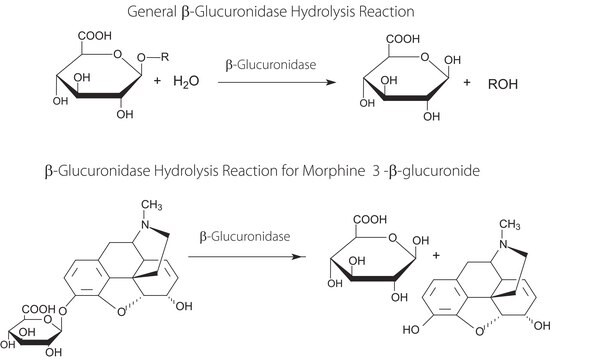J2000
Juvenile hormone III
≥65%, liquid, non-sterile
Synonym(s):
Methyl farnesoate, 10,11-epoxide, C16-Juvenile Hormone, JH-III, Manduca hormone, trans,trans-10,11-Epoxy-3,7,11-trimethyl-2,6-dodecadienic acid methyl ester
About This Item
Recommended Products
biological source
synthetic (organic)
Quality Level
sterility
non-sterile
form
liquid
concentration
≥65%
technique(s)
activity assay: suitable
shipped in
ambient
storage temp.
−20°C
SMILES string
COC(=O)\C=C(/C)CC\C=C(/C)CC[C@H]1OC1(C)C
InChI
1S/C16H26O3/c1-12(9-10-14-16(3,4)19-14)7-6-8-13(2)11-15(17)18-5/h7,11,14H,6,8-10H2,1-5H3/b12-7+,13-11+
InChI key
QVJMXSGZTCGLHZ-ZPLWXOMKSA-N
Looking for similar products? Visit Product Comparison Guide
General description
Juvenile hormone III (JH III) is the most prevalent juvenile hormone (JH) found in insects.
Application
- study the effect of juvenile hormone on mictic (sexual) female production of the rotifer Brachionus plicatilis Muller
- study the effect of juvenile hormone on head GB19811 (putative Takeout/juvenile hormone binding protein) mRNA levels in adult honeybees
- study the effect of juvenile hormone on gonadotropic and physiological functions in bumblebee Bombus terrestris
Biochem/physiol Actions
related product
Hazard Statements
Hazard Classifications
Aquatic Chronic 4
Storage Class Code
10 - Combustible liquids
WGK
WGK 3
Flash Point(F)
Not applicable
Flash Point(C)
Not applicable
Personal Protective Equipment
Certificates of Analysis (COA)
Search for Certificates of Analysis (COA) by entering the products Lot/Batch Number. Lot and Batch Numbers can be found on a product’s label following the words ‘Lot’ or ‘Batch’.
Already Own This Product?
Find documentation for the products that you have recently purchased in the Document Library.
Customers Also Viewed
Our team of scientists has experience in all areas of research including Life Science, Material Science, Chemical Synthesis, Chromatography, Analytical and many others.
Contact Technical Service
